16
September, Sinop
Otel
Gönϋl 110TL (breakfast included) (negotiated down from 120TL)
While I lazed away the day in our room, Charl strolled the streets and visited the museum...
turkeytravelplanner.com: “Medieval Sinop
is a walled city perched on a promontory overlooking the dark, chill waters of
the Black Sea. Founded by colonists from the Aegean port of Miletus in the 800s
BC, Sinop became a major port because of its fine natural harbor. Today it's
still a port, and the capital of the province of the same name. Sinop has a few
beaches, though the Black Sea water is chilly except on the hottest days.
On November 30, 1853, the Imperial Russian
Navy crossed the Black Sea to Sinop, attacked the Ottoman fleet which was in
port there, and utterly destroyed it. The Russian bombardment went on long past
when it was clear the Ottomans were defeated, killing many Ottoman sailors who
were no longer combatants. The “massacre of Sinope” was one of the events
precipitating the Crimean War (1853-1854) in which Great Britain and France
fought with the Ottoman Empire against the Russian Empire. By the harbor in
Sinop you'll see a small monument built to commemorate the deaths of the
Ottoman sailors, paid for with the coins collected from the pockets of the
fallen.
Diogenes (c. 412-323 BC), the Cynic
philosopher who carried around a lantern "looking for a good man"
(and not finding one), was born in Sinop. He later moved to Athens, where he
sought to live the simplest life possible, even throwing away his only
possession—his drinking cup—when he realized he could drink from his cupped
hands. Alexander the Great met the famous philosopher and wanted to reward him:
"What can I do for you?" the emperor asked. "Stand aside. You're
blocking my sunlight," Diogenes replied.
Sinope, daughter of the river god Asopus,
outwitted Zeus. He wanted to marry her, and promised she could have
"anything she wanted." She requested eternal virginity, and Zeus,
outwitted, allowed her to enjoy it here on this promontory—or so the legend
says—giving the town its name.
—by Tom Brosnahan
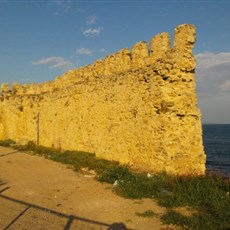
Sinop
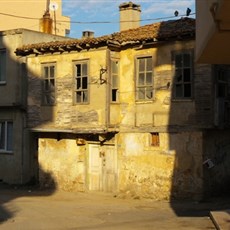
Sinop
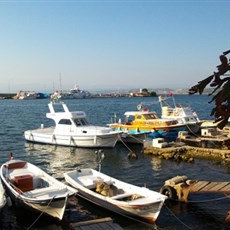
Sinop
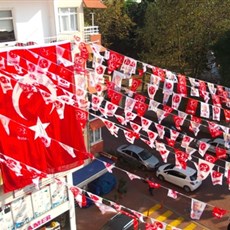
Sinop
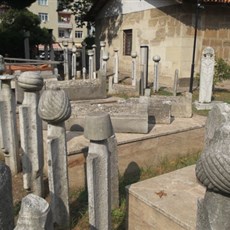
Sinop museum